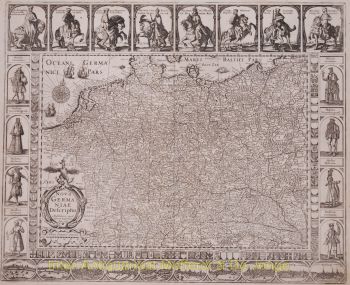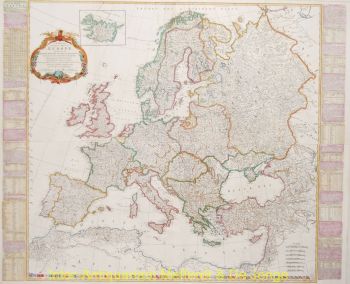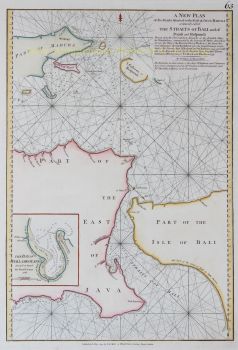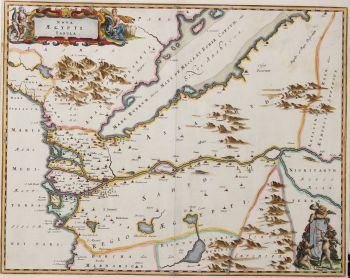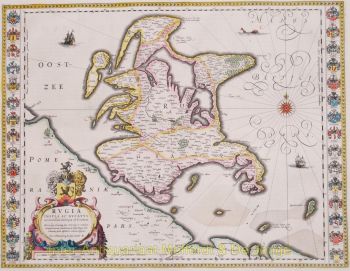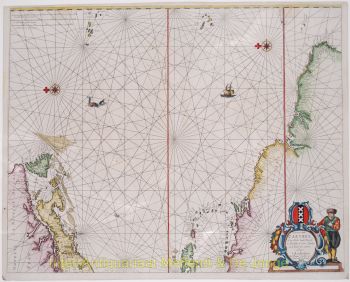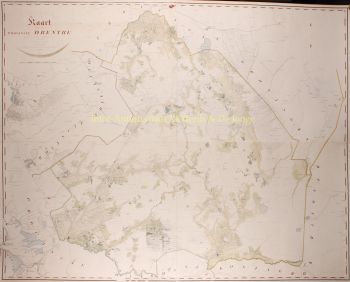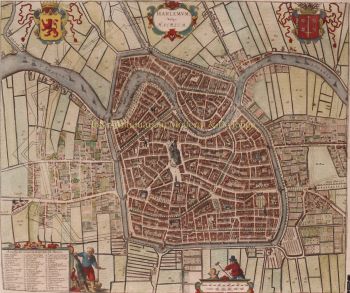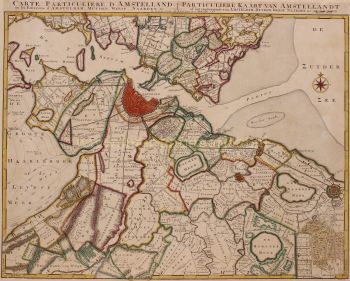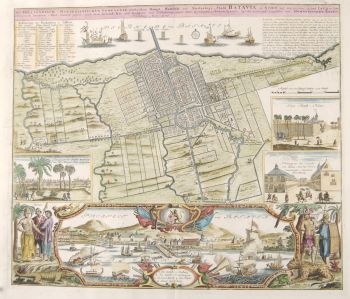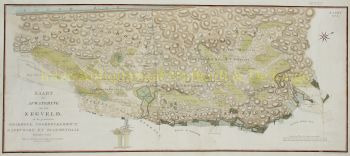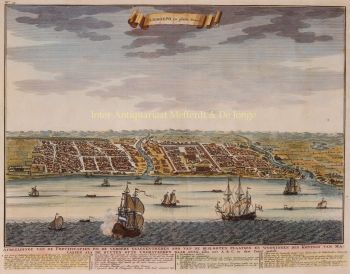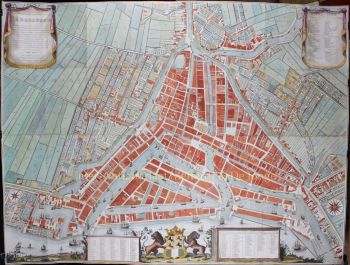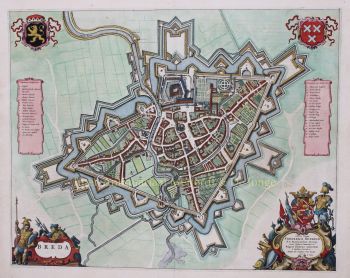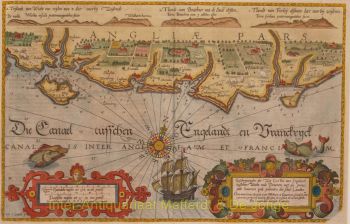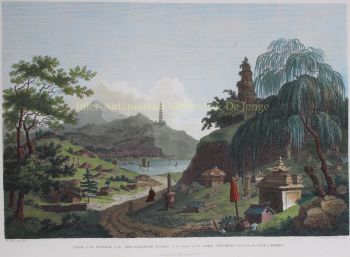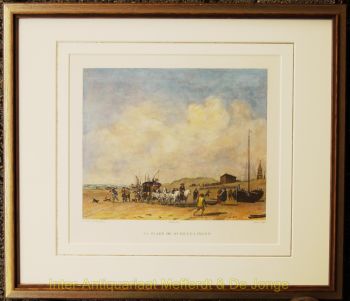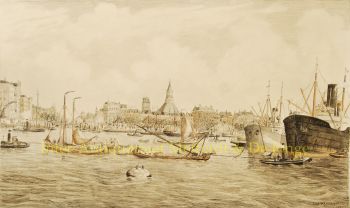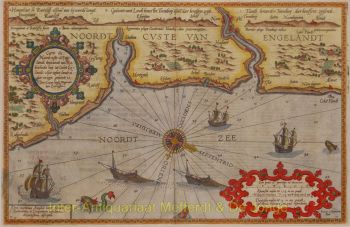Empire du Japon 1720
Artiste Inconnu
€ 2.450
Inter-Antiquariaat Mefferdt & De Jonge
- Sur l'oeuvre d'art“Imperium Japonicum…” [“The Empire of Japan, here on a Japanese map with sixty six regions, described by Adriaan Reland.”] Copper engraving made by Balthasar Ruyter, published after 1720 in Amsterdam by Reinier and Josua Ottens. Coloured by a later hand. Size: 49 x 60 cm. Adriaan Reland (1676-1718) was a professor at the University of Utrecht. Reland used Japanese maps, most notably a map by Ishakawa Ryusen from the library or Benjamin Dutry (1668-1751), a former director of the Dutch East India Company (VOC). In the text under the map Reland writes that Japanse woodblock-printed maps are less accurate: “they draw the outlines of the coast lines with a coarser pen, because they lack the European tools”. Reland emphasises that he only used Japanese maps for place-name accuracy. The map was originally published in a smaller size in Utrecht. The copper plate of this third state in folio format however, was bought by Amsterdam publisher Joachim Ottens in 1720, whose sons Reinier and Josua published it in their atlases thereafter. Reland’s map of Japan was the first map to use Sino-Japanese characters [Kanji] on a European printed map and represents a radical departure from prior European maps of Japan. The map is dedicated to Jean-Paul Bignon, librarian to King Louis XIV of France who had ordered it to be made. Bignon’s coat of arms is prominently depicted. The inset map at the bottom right shows (the bay of) Nagasaki, “with the island where the Dutch settled”. Dejima island became a factory for the Dutch East India Company in 1641 and was the only place of contact between Japan and Europe until the end of the 1850s. The inset map is embellished with 20 coats of arms of Japanese noble families and headed by the imperial coat of arms. Price: Euro 2.450,-
- Sur l'artiste
Il peut arriver qu'un artiste ou un créateur soit inconnu.
Certaines œuvres ne doivent pas être déterminées par qui elles sont faites ou elles sont faites par (un groupe d') artisans. Les exemples sont des statues de l'Antiquité, des meubles, des miroirs ou des signatures qui ne sont pas claires ou lisibles, mais aussi certaines œuvres ne sont pas signées du tout.
Vous pouvez également trouver la description suivante :
•"Attribué à …." A leur avis probablement une oeuvre de l'artiste, au moins en partie
•« Atelier de …. ou « Atelier de » À leur avis, une œuvre exécutée dans l'atelier ou l'atelier de l'artiste, éventuellement sous sa direction
•« Cercle de… ». A leur avis une oeuvre de la période de l'artiste témoignant de son influence, étroitement associée à l'artiste mais pas forcément son élève
•« Style de … ». ou "Suiveur de ...." Selon eux, une œuvre exécutée dans le style de l'artiste mais pas nécessairement par un élève ; peut être contemporain ou presque contemporain
•« Manière de… ». A leur avis une oeuvre dans le style de l'artiste mais d'une date plus tardive
•"Après …." A leur avis une copie (quelle qu'en soit la date) d'une oeuvre de l'artiste
•« Signé… », « Daté… ». ou « Inscrit » À leur avis, l'œuvre a été signée/datée/inscrite par l'artiste. L'ajout d'un point d'interrogation indique un élément de doute
• "Avec signature ….", "Avec date ….", "Avec inscription …." ou "Porte signature/date/inscription" à leur avis la signature/date/inscription a été ajoutée par quelqu'un d'autre que l'artiste
Êtes-vous intéressé par l'achat de cette oeuvre?
Artwork details
Related artworks
- 1 - 4 / 12
- 1 - 4 / 24
- 1 - 4 / 12














